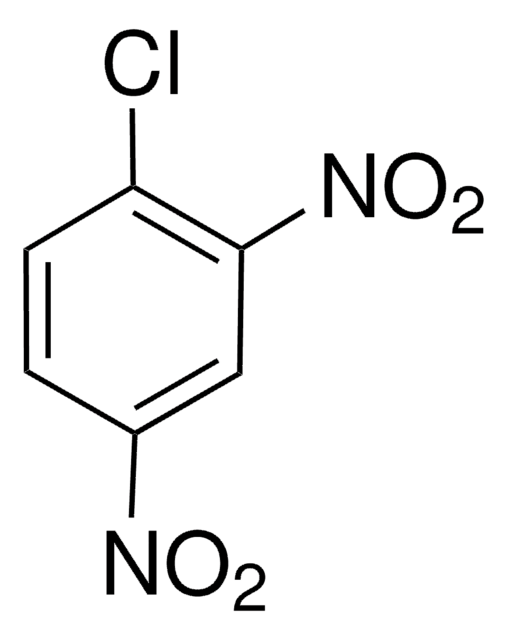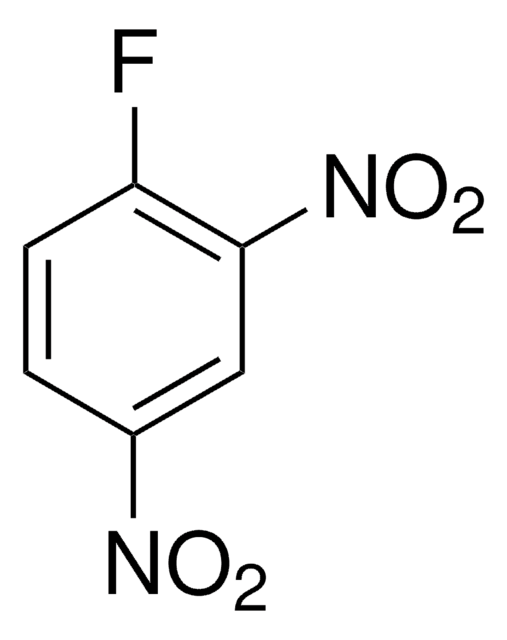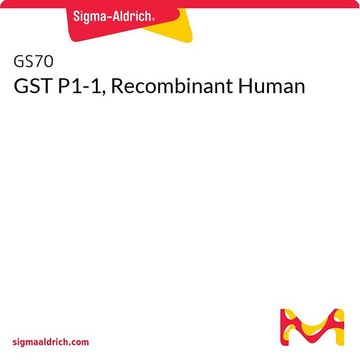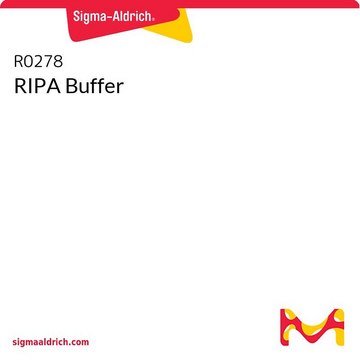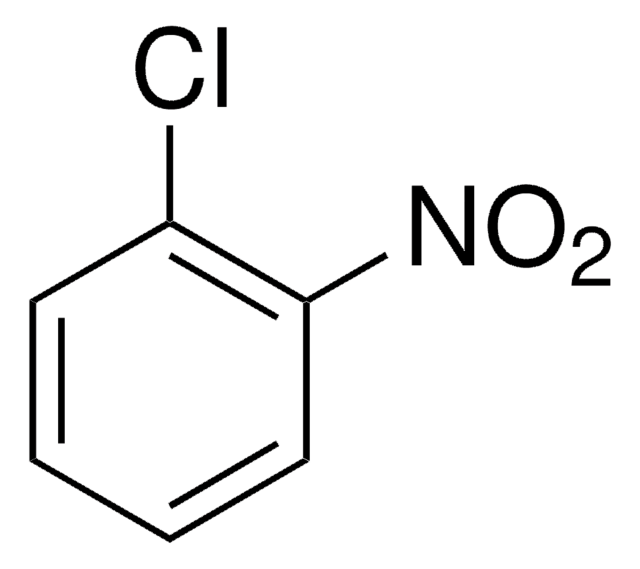138630
1-Chloro-2,4-dinitrobenzene
97%
Sinônimo(s):
2,4-Dinitrochlorobenzene, CDNB, DNCB
About This Item
Produtos recomendados
Ensaio
97%
Formulário
solid
Lim. expl.
22 %
p.e.
315 °C (lit.)
pf
48-50 °C (lit.)
solubilidade
alcohol: soluble (hot)
alcohol: very slightly soluble (cold)
benzene: soluble
carbon disulfide: soluble
diethyl ether: soluble
water: insoluble
grupo funcional
chloro
nitro
cadeia de caracteres SMILES
[O-][N+](=O)c1ccc(Cl)c(c1)[N+]([O-])=O
InChI
1S/C6H3ClN2O4/c7-5-2-1-4(8(10)11)3-6(5)9(12)13/h1-3H
chave InChI
VYZAHLCBVHPDDF-UHFFFAOYSA-N
Procurando produtos similares? Visita Guia de comparação de produtos
Categorias relacionadas
Aplicação
Ações bioquímicas/fisiológicas
Nota de preparo
Palavra indicadora
Danger
Frases de perigo
Declarações de precaução
Classificações de perigo
Acute Tox. 2 Dermal - Acute Tox. 4 Oral - Aquatic Acute 1 - Aquatic Chronic 1 - Eye Dam. 1 - Skin Irrit. 2 - Skin Sens. 1
Código de classe de armazenamento
6.1A - Combustible acute toxic Cat. 1 and 2 / very toxic hazardous materials
Classe de risco de água (WGK)
WGK 2
Ponto de fulgor (°F)
381.2 °F - closed cup
Ponto de fulgor (°C)
194 °C - closed cup
Equipamento de proteção individual
Eyeshields, Faceshields, Gloves, type P2 (EN 143) respirator cartridges
Escolha uma das versões mais recentes:
Já possui este produto?
Encontre a documentação dos produtos que você adquiriu recentemente na biblioteca de documentos.
Os clientes também visualizaram
Nossa equipe de cientistas tem experiência em todas as áreas de pesquisa, incluindo Life Sciences, ciência de materiais, síntese química, cromatografia, química analítica e muitas outras.
Entre em contato com a assistência técnica